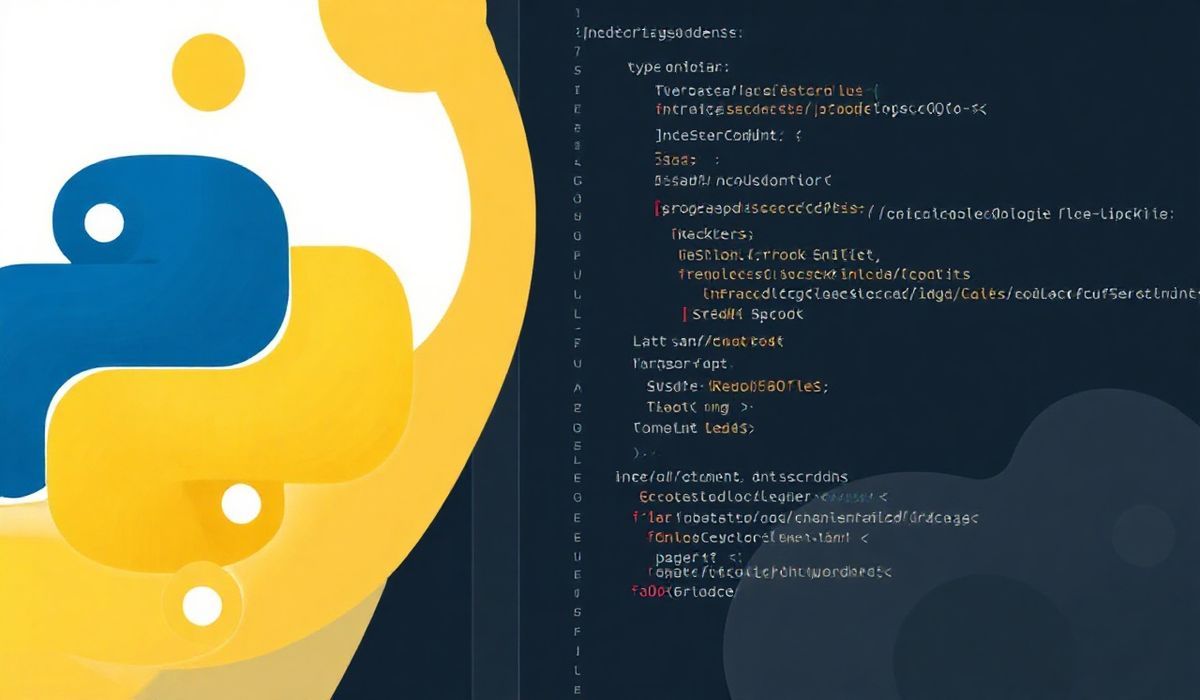Introduction to url-parse-lax
url-parse-lax is a useful npm package designed to parse URLs with ease and correct inconsistencies in URLs. It improves the default URL parsing capabilities by being more lenient and user-friendly. Below, we delve into the core APIs provided by the library and offer numerous examples to ensure you can harness its potential effectively.
Installation
npm install url-parse-lax
Core APIs and Usage
parseUrl(inputURL)
The primary function used to parse the given URL.
const parseUrl = require('url-parse-lax');
const url = parseUrl('http://example.com');
console.log(url);
Output:
URL {
href: 'http://example.com/',
origin: 'http://example.com',
protocol: 'http:',
username: '',
password: '',
host: 'example.com',
hostname: 'example.com',
port: '',
pathname: '/',
search: '',
searchParams: URLSearchParams {},
hash: ''
}
Handling Protocol-less URLs
Automatically resolves protocol-less URLs to use http: as the default protocol.
const url = parseUrl('example.com');
console.log(url);
Output:
URL {
href: 'http://example.com/',
origin: 'http://example.com',
protocol: 'http:',
...
}
Handling Missing Slashes
Auto-corrects URLs missing the required slashes after the protocol.
const url = parseUrl('http:/example.com');
console.log(url);
Output:
URL {
href: 'http://example.com/',
origin: 'http://example.com',
...
}
Application Example
Let’s build a simple node application that uses the url-parse-lax library to parse and display URL details for a user-provided URL.
const parseUrl = require('url-parse-lax');
const readline = require('readline');
const rl = readline.createInterface({
input: process.stdin,
output: process.stdout
});
rl.question('Enter a URL: ', (input) => {
const parsedUrl = parseUrl(input);
console.log('Parsed URL:', parsedUrl);
rl.close();
});
This basic application prompts the user for a URL, parses it using url-parse-lax, and prints the parsed details.
Hash: 7e9f9d1637cd52e517a1a088328223373f5360c4be78b58a457788e95f60abb3




